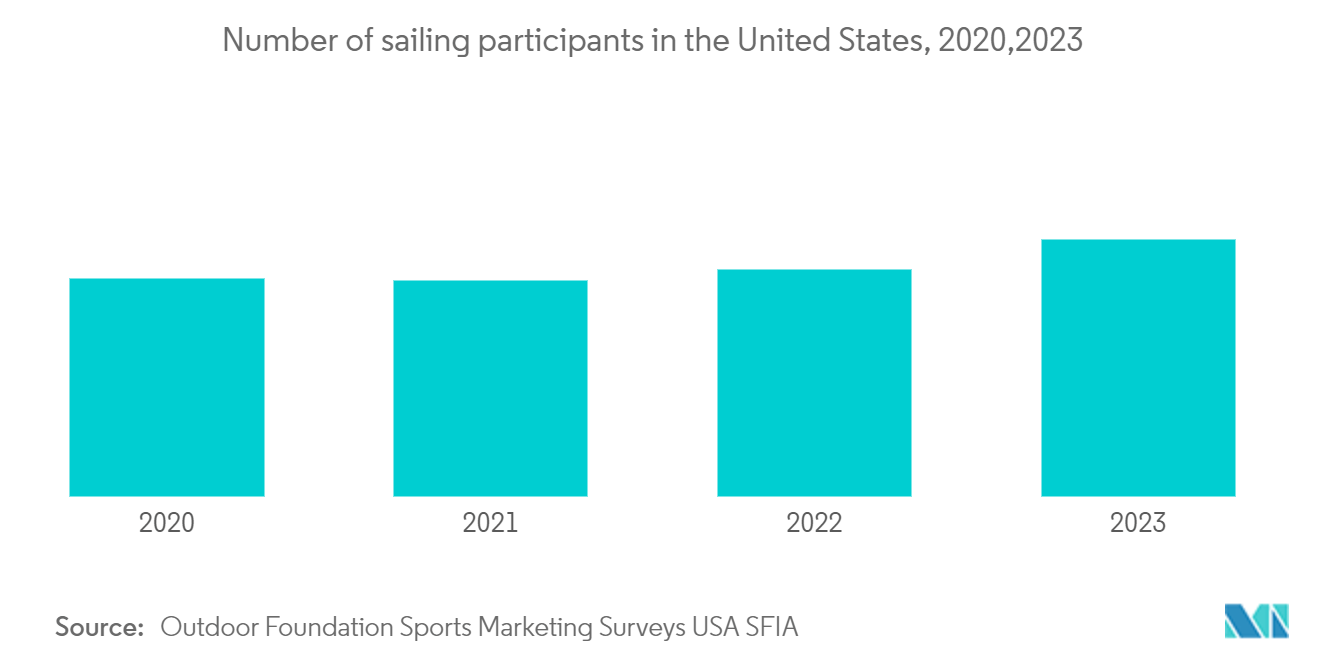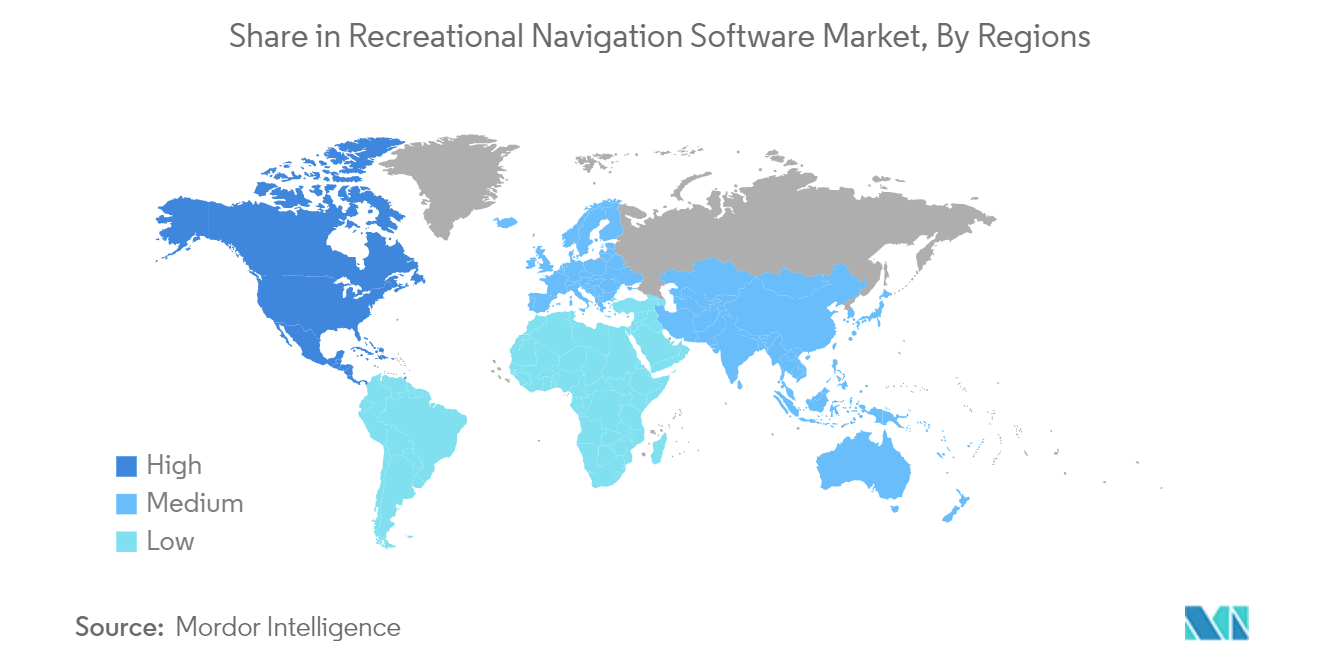Market Trends of Recreational Marine Navigation Software Industry
Integration of IoT Technology and Location Proximity in Recreational Marine Navigation is Fueling the Market's Growth
- The International Maritime Organization (IMO) of the United Nations introduced the concept of maritime IoT, initially termed "e-navigation." This initiative's core objective was to streamline and digitize marine navigation data, enhancing a spectrum of maritime services. As with any IoT application, robust communication, particularly MTC (Machine Type Communication), plays a pivotal role in realizing this vision.
- While radar and autopilots have seen advancements, a diverse array of iOS boating applications is increasingly aiding boaters. Today, it's a rarity to encounter a sailor without a navigation app on their smartphone. In fact, many are opting for tablets over fixed multifunction displays (MFDs) on yachts, appreciating the advantage of having navigation information readily available on the go. Amidst the plethora of options, several navigation apps have emerged as favorites among sailors.
- For sailors and yacht owners, their priorities differ from those of motorboaters. While weather awareness remains crucial, sailors place a premium on comprehending tide patterns, wind dynamics, and their implications on navigation, especially in relation to their course. Additionally, they seek insights on nearby points of interest, enhancing their recreational sailing experiences.

North America to Hold Largest Market Share
- In 2023, the US, with around 11.5 million registered recreational boats, dominated the global count, as reported by the US Coastguard and Boating Safety Association. Canada emerges as a significant player in the recreational boating sector.
- Traditionally, a nation's recreational boat count correlates with its GDP and population. While larger economies and populations tend to have more boats, there are exceptions. Take Canada, for example. Despite a smaller population compared to the US, it boasts a notable recreational boat count on the world stage. This anomaly is largely due to its extensive coastline and intricate canal network, nurturing a robust boating culture.
- Several factors are driving the growth of North America's recreational marine navigation software market. These include rising disposable incomes, urbanization, a strong tech adoption rate, and a growing interest in outdoor activities. As the population swells and embraces advanced marine navigation technology, the demand for recreational marine navigation software is set for further growth.


